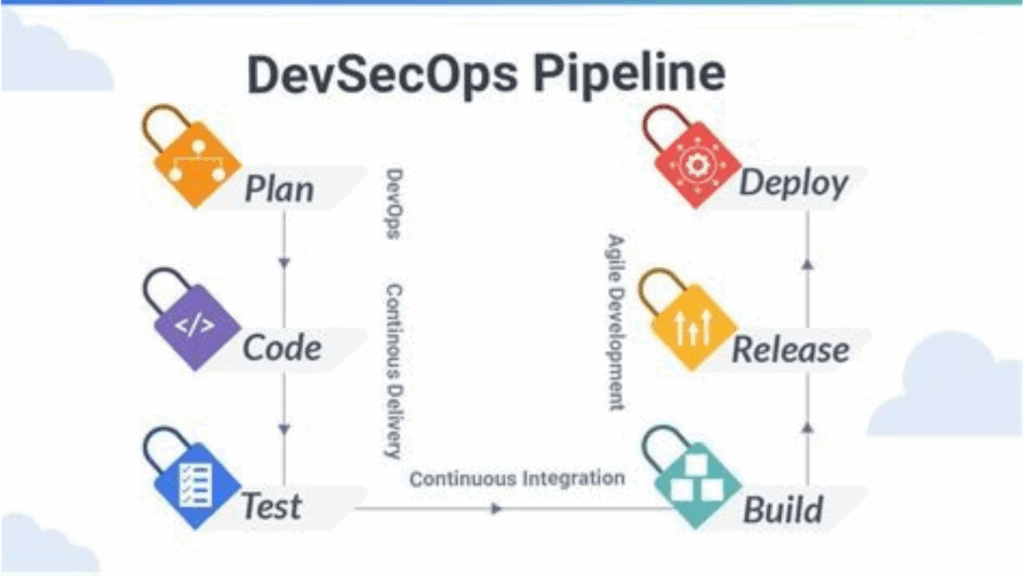You only need to look at current security breaches and research to see whether quality assurance (QA) is still necessary for software development and testing. The danger of cyberattacks rises as more people choose to work from home. Before they are used in production, software development QA and testing make sure the underlying causes of these and other sorts of vulnerabilities are eliminated.
QA best practices in QA testing can come in a variety of forms and sizes. Every organization selects and implements its techniques for software testing by taking into account elements like resources, tools, and the QA team’s expertise. Additionally, because every project is different, various situations call for various demanding criteria.
A good QA software testing courses program will explain the best practices in QA testing, but here are some of the best practices in QA testing.
Here Best practices in QA testing
1.Test Throughout the Life Cycle.
The strain on QA is reduced by testing throughout the software development life cycle, or SDLC. Some people think that’s the only time to test, but if you test frequently and early, you may catch mistakes as you go and repair them. Your labor force will be put under a lot of strain if you wait until QA, and your team will have a lower probability of producing software of the highest caliber.
2.Invest in a safe testing space.
The cloud is fantastic for team collaboration and communication, but it’s not the best environment for creating and testing software. Developers require a safe local testing facility to conduct their studies, much like medical scientists do. This means that the lab must be located someplace remote from the internet, which has an endless series of security flaws.
3.Write Tests Beforehand and Don’t Let Programmers Do It.
Running tests beforehand, also referred to as test-driven development, provides a few advantages, such as saving time by fixing errors prior to writing new code. Additionally, it avoids code duplication, another time thief. Don’t let programmers perform tests against their own code for the best results. Although this appears to be the simplest option, it introduces a bias that can impede advancement. Additionally, this action lacks originality and the capacity to drive the code to improve.
4.Do Regression Testing.
Code changes made repeatedly to address one issue often result in new issues. Reusable regression tests are among the greatest practices to adopt, particularly when it comes to Agile development. This makes sure that the code you provided to remedy one issue doesn’t result in further issues. It’s a good idea to correctly separate test cases and to graph the issues to make it simpler to find trouble areas, which will increase the effectiveness of the system.
5.Perform Negative Testing.
Positive testing focuses on ensuring that the application can function as expected. Even though it’s hard to write test cases for every scenario, testing for unexpected or bad scenarios will increase your coverage. Instead of ensuring everything functions as it should under normal circumstances, negative testing builds a more robust application with fewer errors.
6.Tidy up the code.
Setting the house in order is a way of cleaning the code. Making code as brief as feasible, for instance, makes it simpler for a different developer to follow when it comes to upcoming testing. Simpler code is also easier to maintain.
7.Keep track of observations for reports.
No matter if tests are human or automated, taking notes and making observations on every action clears up any uncertainty. They also offer excellent manuals and configuration papers, as well as excellent training materials.
8.Build a Targeting Operating Model.
An adaptable framework called a targeting operational model gives programmers options to manage their workflows and monitor results. The team is united behind the common objective by clearly defining these procedures, techniques, and instruments in advance. Additionally, it aids in the integration and early understanding of product objectives by new team members.
9.Separate Security and Performance.
Performance testing and application security call for two distinct skill sets. Security testing, which involves simulating attacks and ethical hacking, is all about finding gaps and vulnerabilities, albeit the two are related. Benchmarking application behavior is the core component of performance testing. Separating these teams keeps everyone focused and prevents the specialization of each team member from becoming diluted.
10.Talk to End Users.
Meeting with end users will help you better understand the context for your development project. You’ll comprehend the problems they encounter and the functions they require to increase productivity. It is simpler to mimic from the user’s point of view when testing is required during production. Speaking with your end users is always a smart idea, whether the discussion is internal or external.
11.Do Not Test Near Developers or Designers.
Model-view-controller, or MVC, is a software architecture paradigm that encourages developer and designer cooperation and results in ongoing modifications. It makes sense to isolate the program from these ongoing modifications for a set period of time since testing an application in this development environment is too difficult. It clears out any potential ambiguity and makes the procedure more thorough.
12.Embrace Diverse Testing Techniques.
Utilizing a variety of testing techniques enables you to quickly spot the various bug types that may cause you problems in the future. While sanity and regression testing are two beneficial kinds, there are other others to take into account:
- After the initial pass, smoke Testing ensures that the software is stable and doesn’t catch fire.
- Black Box testing evaluates functionality without probing the application’s internal workings.
- White Box only evaluates the application’s internal workings. It does not test its functionality.
There are obviously many more different kinds of testing procedures, but the key is to identify the appropriate combinations that work with your process and ensure that your product fully satisfies the business objectives. Teams struggle less to finish testing or even prioritize issues when they have a strong QA and testing plan.
Conclusion
Software testing requires rigorous QA procedures because your reputation and costs are at stake. Software products with poor technical quality are expensive, and the later you find flaws, the more expensive they are to rectify. Because of this, it is much preferable to make quality assurance one of the top priorities.
As a QA tester, you can enroll for Online QA certification courses to understand how to apply these best practices to your organization.





























